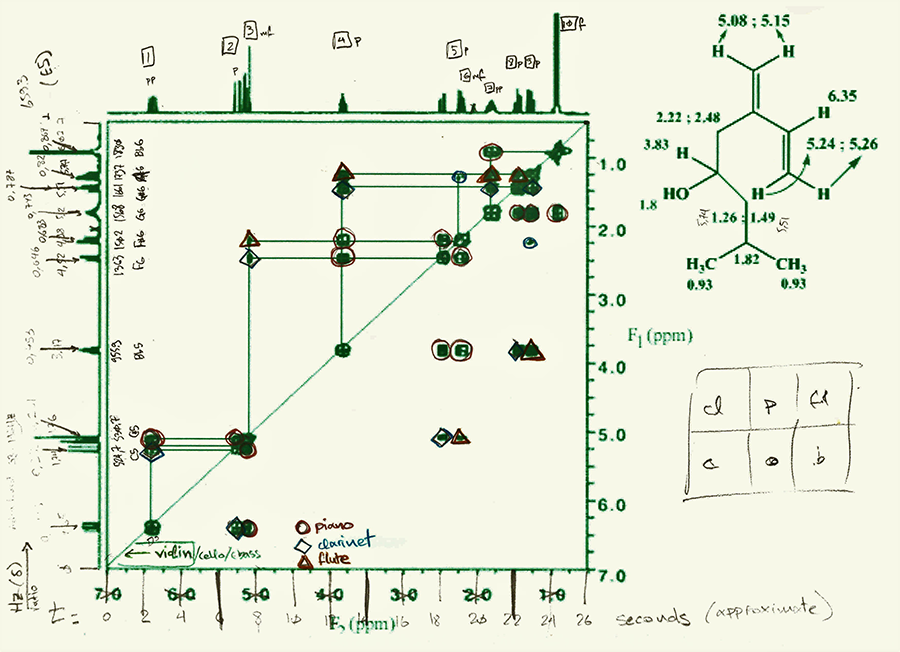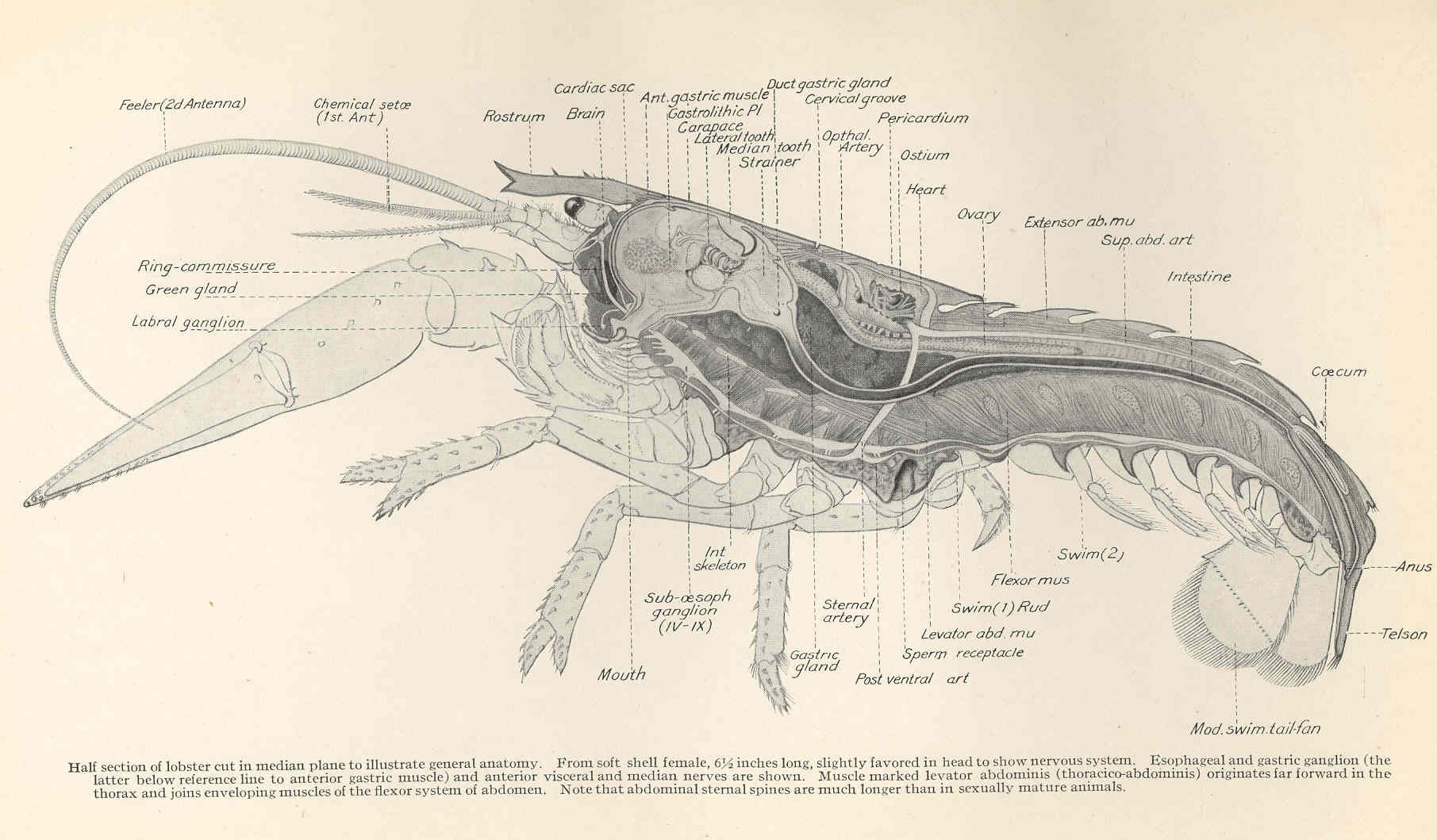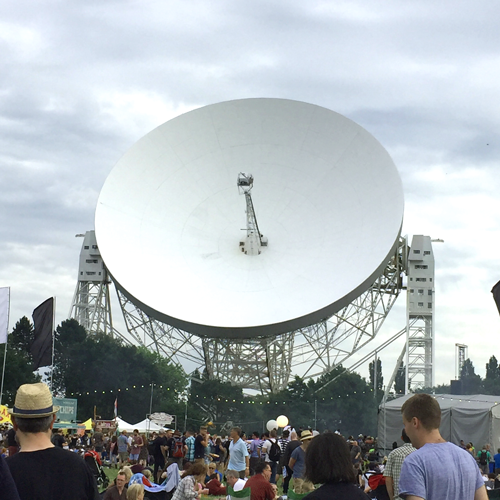Latest research animations
Self-assembly of spider silk
This gut microbe might protect against diabetes and reduce insulin resistance
NEW: One-way hydrogel guides motion of tiny worms!
Latest Posts
No Results Found
The page you requested could not be found. Try refining your search, or use the navigation above to locate the post.
The sound of molecules: NMR-inspired music
Eve Marder: freeing knowledge, crashing neurons
None of us would get on a plane that had its parts changed in mid-air, says Eve Marder, who has spent her career probing a very specific cluster of crustacean nerve cells. Yet we are all walking around undergoing a constant turnover of cellular parts, and so are the lobsters and crabs Marder studies.
RIKEN Research Summer issue
ESOF and the gimungous telescope
Call for science-inspired art
Why “nihonium”?
Nerd Nite comes to Tokyo
RIKEN Research Spring issue is here
Organ regeneration in the lab
6

Gene regulator that allows plant rehydration after drought
New genetic insights into the plant rehydration process: this is why your plants don’t die after you forgot to water them.
12
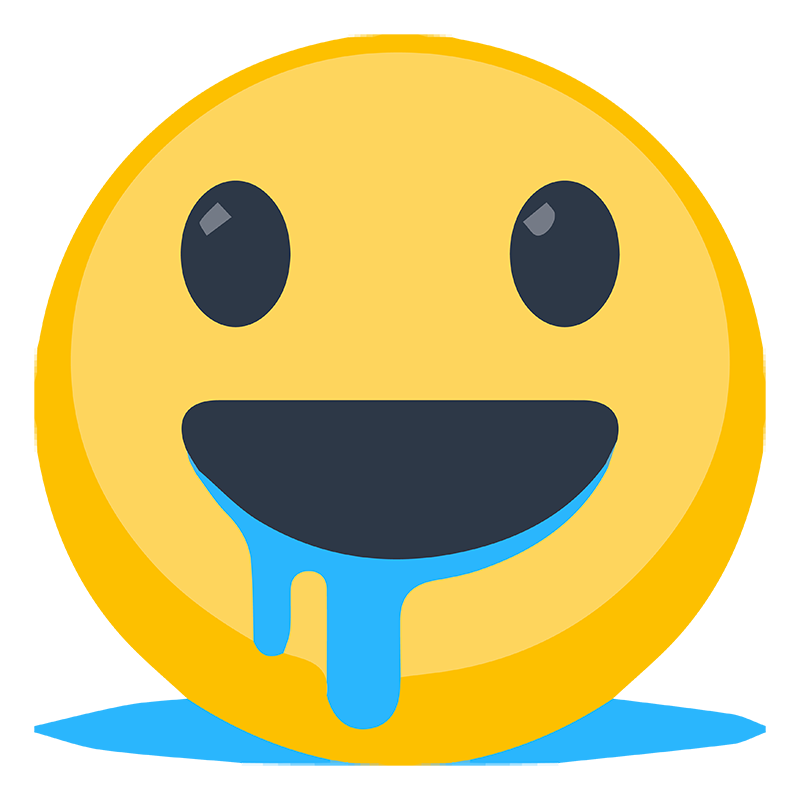
Researchers create a functional salivary gland organoid ?
Scientists have succeeded in growing three-dimensional salivary gland tissue that produced saliva like normal glands when implanted into mice.
10
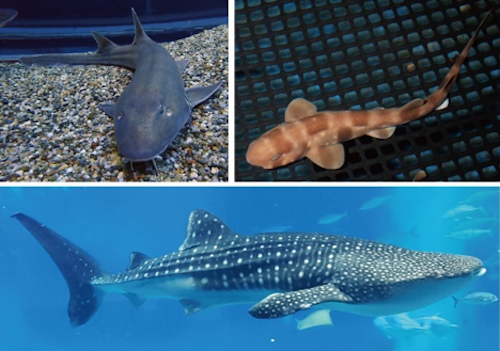
Getting a grip on slow but unique shark evolution
Scientists have decoded the genomes of two species of shark, bringing the grand total of sequenced shark genomes to three.
5
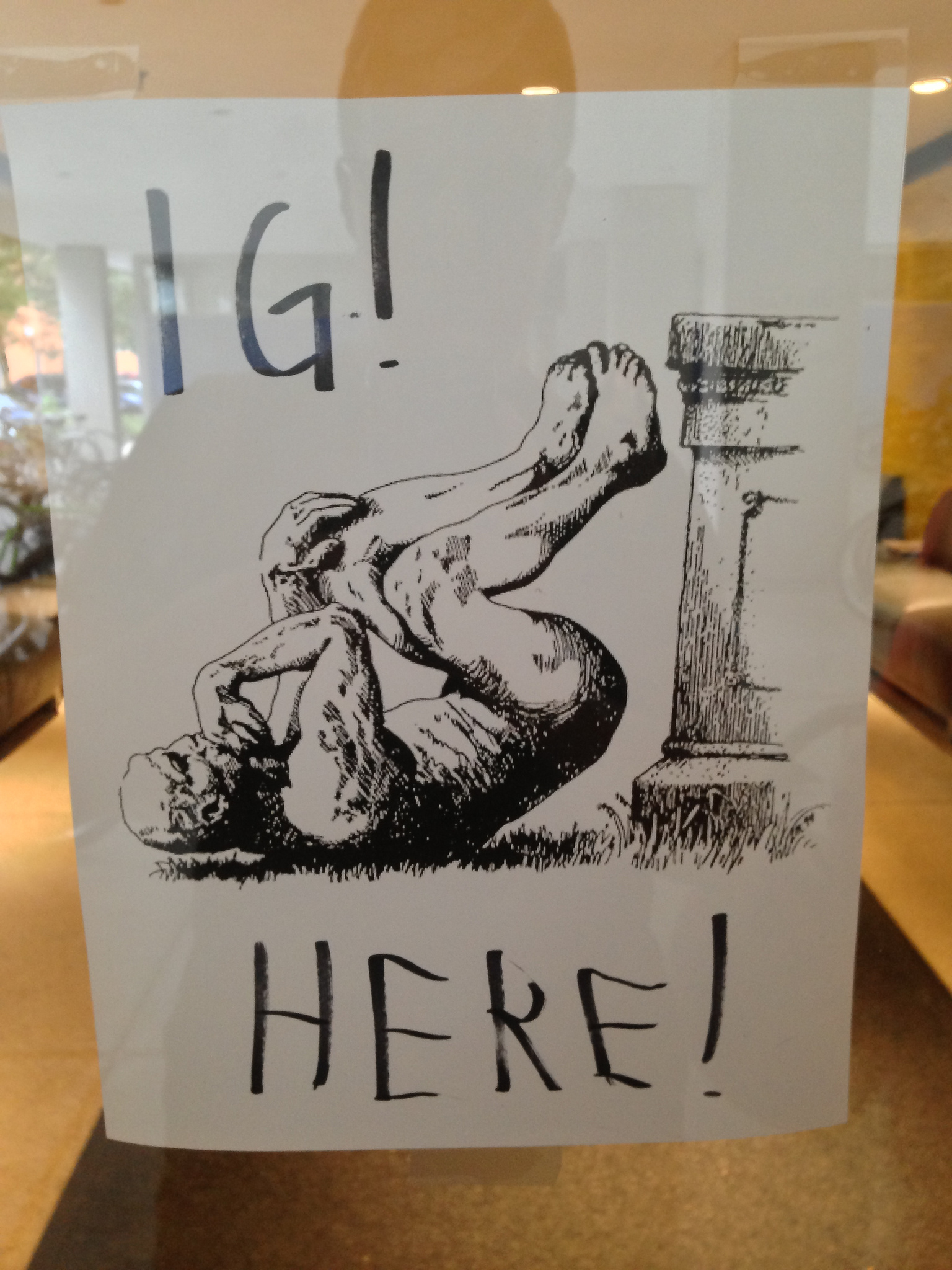
Ig Nobel awards: Silly experiments that strike gold
Amanda writes about the Ig Nobel awards after founder Marc Abrahams visited nerdnite Tokyo. Science at its best!
1
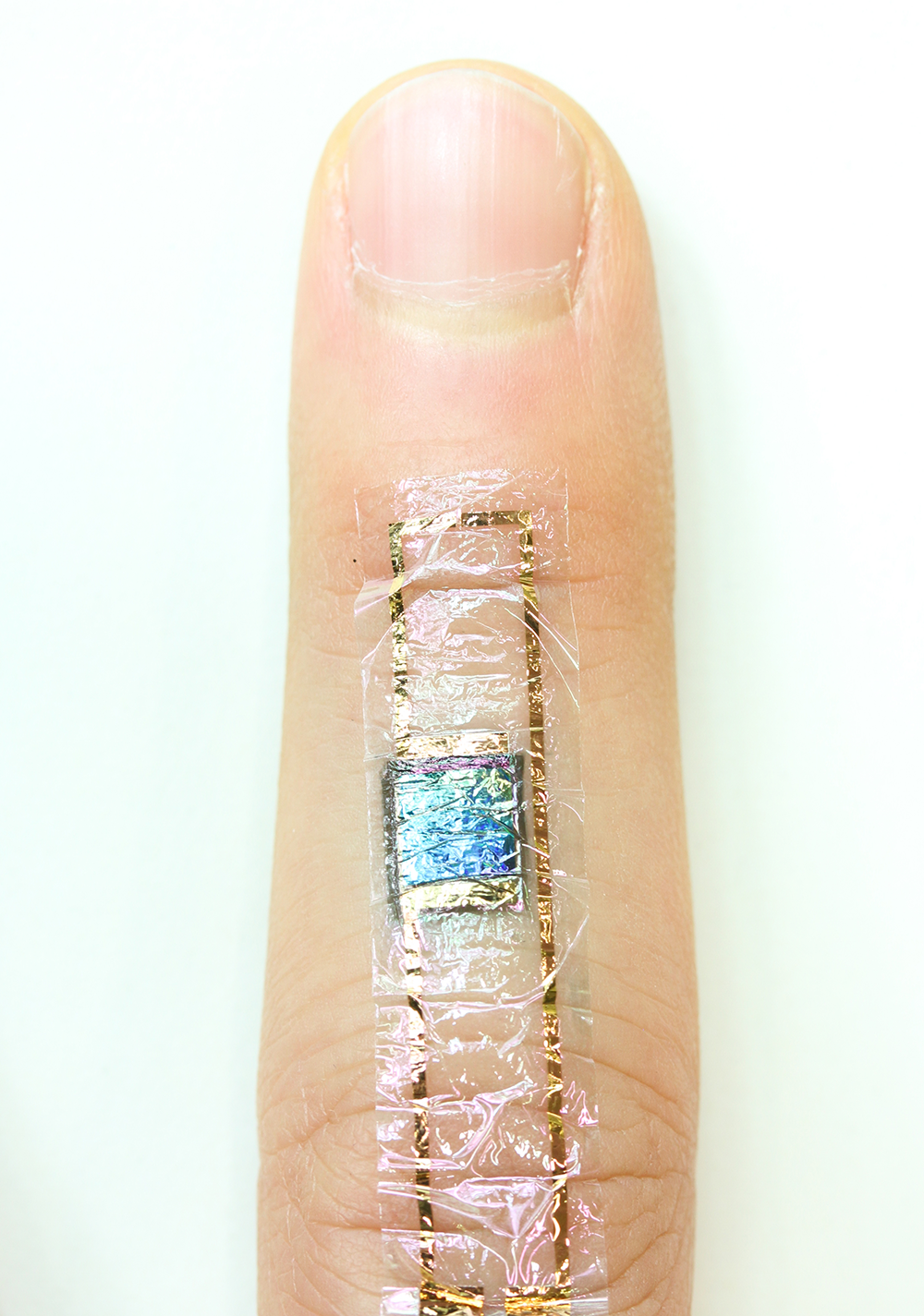
A self-powered heart monitor taped to the skin
A group of scientists have developed a human-friendly, ultra-flexible organic sensor powered by sunlight, which acts as a self-powered heart monitor.
27
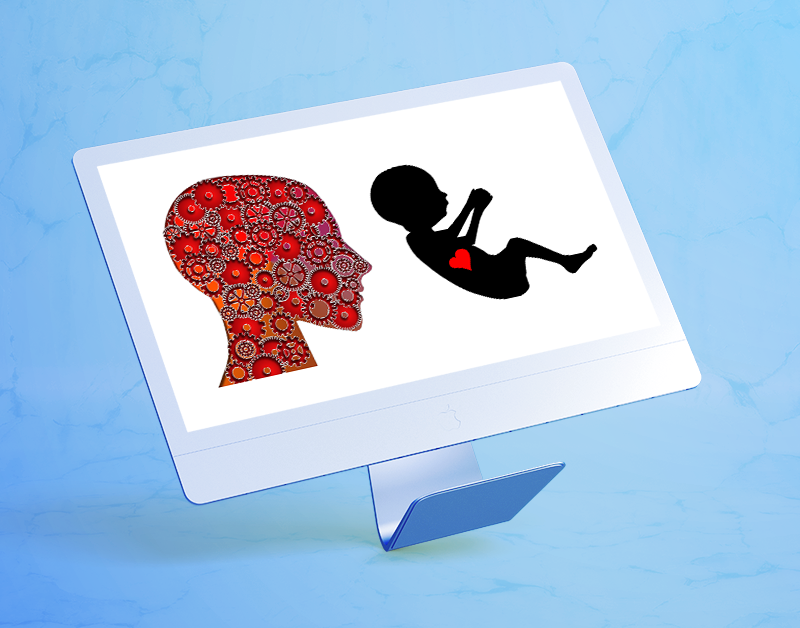
AI used to detect fetal heart problems
Researchers have developed a novel system that can automatically detect abnormalities in fetal hearts in real-time using artificial intelligence (AI). ???❤️

